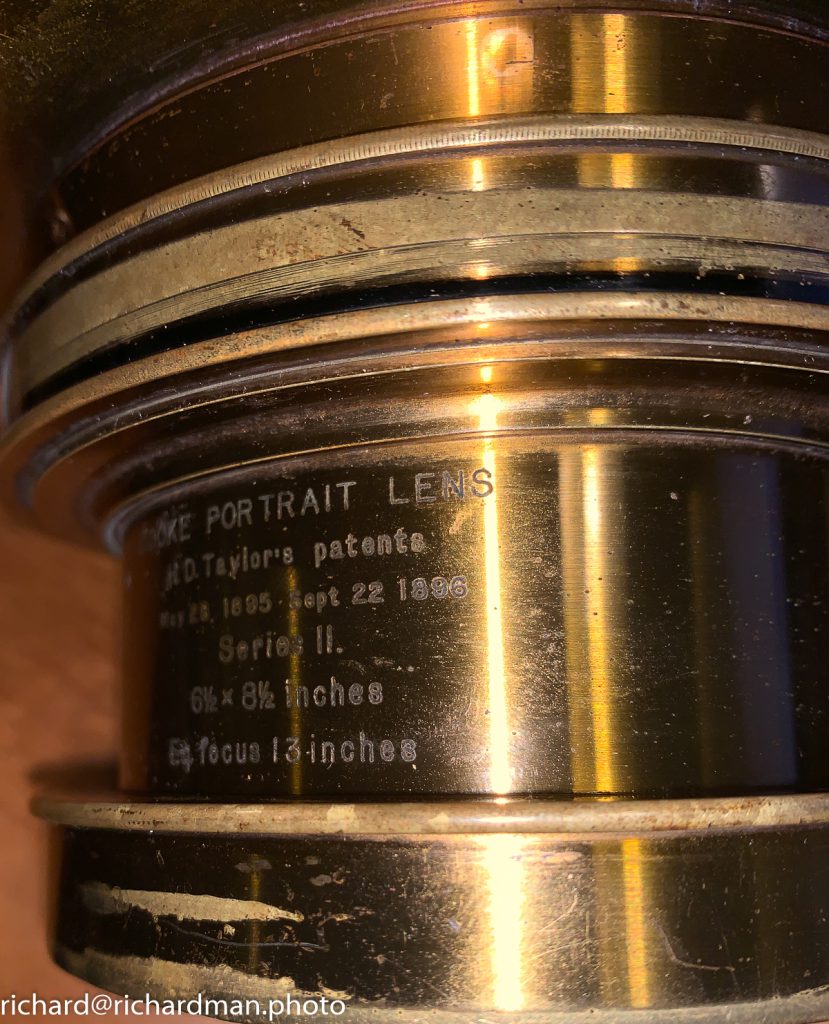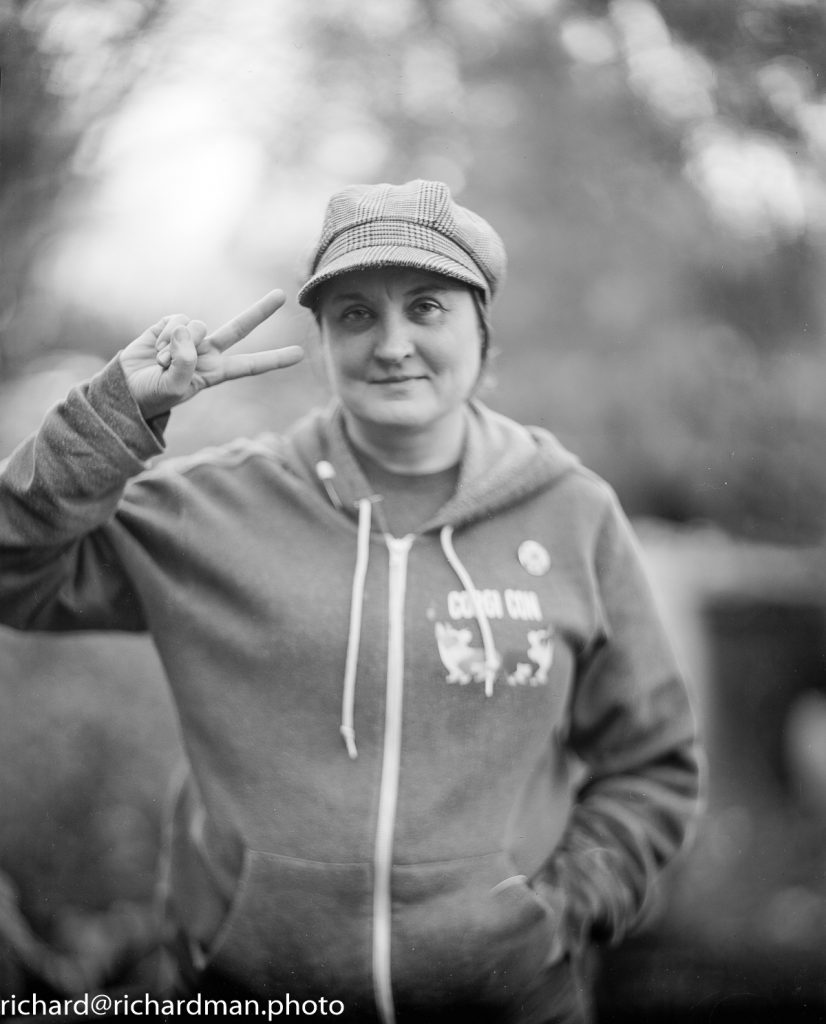Earlier in 2020, before the Pandemic put us in a lock down, I came upon a rare soft focus portrait lens, the Pinkham & Smith Visual Quality IV Series 2. Made in the 1920s, these lenses are highly praised for the soft focus images they produce. The images are smooth, like butter, with glowing highlights:

The P&S is a lens that I didn’t expect to ever come across, so it was a pleasant surprise to be able to find this lens. Well, imagine my even greater surprise when I come across this:

This is the Cooke 13″ Series II soft focus lens. The Cooke Series II was one of the earlier soft focus lenses produced, arguably defining the standard for all soft focus and portrait lenses that follow.
This one is no beauty queen with a dented front ring, but the body and the glass are in good shape, and after some cleaning, the aperture opens and closes smoothly as it should. It was manufactured sometimes between 1896 to 1910, among one of the first Cooke Series II lenses ever made, as evidented by the serial number 13168 and the words “HD Taylor’s Patents”, which were only engraved on the earliest batch of the lenses.
Karl French, who keeps a list of known serial numbers of the Cooke Series II lenses, said: “Earliest 13″ Series II I have on the list is 3262. But then a big gap to yours. I have an 8″ Series II at 12828.”

At over 4 lbs, this Cooke is even heavier than the Pinkham & Smith, which comes in at merely a bit over 3 lbs!

Its widest aperture is F4.5. Neither the Pinkham & Smith, nor the Cooke Series II comes with a shutter. So I made guillotine shutters for them.

At F4.5, the soft focus effect is in full effect

The later productions of the Cooke Series II larger lens came with a “knuckler” to control the level of sharpness. With this older production, you unscrew the back lens cell exactly three turns, to get the sharpest definition, which is what I did in this image.

With the Pandemic, I have not used either lens enough to say which one I prefer more, but clearly both of these lenses produce the most lovely images. I am looking forward to use them for more portraits and even landscape photos.
Postscript: amazingly enough, Cooke, the company, still exists, and in fact, in 2000, they started production of the PS945 Portrait Series 9″ lens for the 4×5 camera. The Cooke PS945 purportedly was based on the design of the P&S VQ IV Series 2 lens, and not its own Cooke soft focus lens. For a comparison of the Pinkham & Smith lens with the Cooke PS945, see here: http://richardman.photo/2020/04/ps-visual-quality-vs-ps945/
Postscript 2: I retitled the article by adding the prefix “(late-)” to “Mother of All Portrait Lens”, as Dan Colucci mentions that the Dallmeyers’ soft focus lenses were produced since 1866, and production ran ’til the 1940s, when these lenses fell out of favor. So the Dallmeyers predated the Cooke Series II by 30+ years. Dan maintains a site/page containing much info on these old cameras and lenses. This particular page https://www.antiquecameras.net/softfocuslenses.html has the info on the soft focus lenses.




